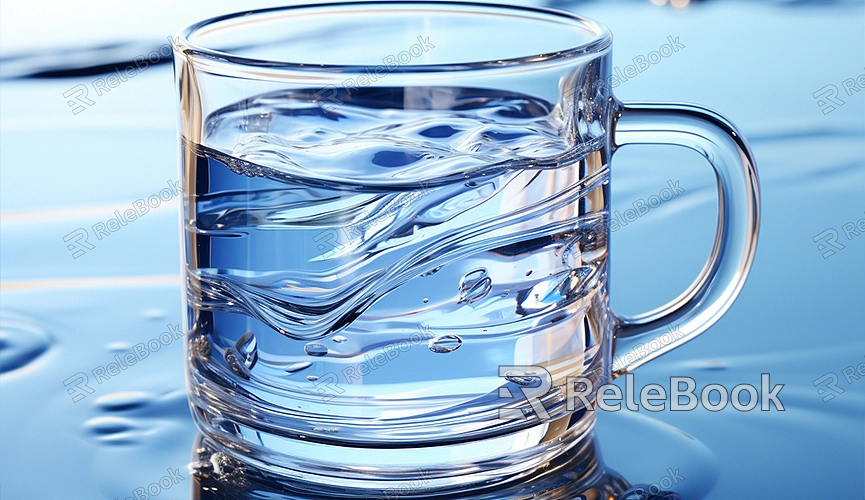Blender add transparent texture
The application of transparent textures in Blender is indeed a remarkable technique, lending a translucent or semi-translucent appearance to 3D objects, enhancing their visual richness and intricacy within scenes. Transparent textures prove highly useful when simulating transparency in models, like glass, water, gases, and various other see-through substances, thereby augmenting the scene's realism and artistic appeal. Here, through specific application scenarios, we'll showcase the manifold uses of transparent textures in Blender.

1. Importing Transparent Textures:
Open your Blender project and access the Shader Editor. Firstly, create a new material, then beside the "Base Color" option of the Principled BSDF node, add an "Image Texture" node, importing the prepared transparent texture image.
2. Sample Scenarios:
Realistic Glass Window Effect:
While modeling architectural scenes, adding transparent textures to window glass allows light to refract on the glass, making every transparent area clearly visible, rendering the windows with authentic glass properties.
Crystal Clear Water Surface:
In 3D lake or river scenes, applying transparent textures to the water surface simulates a crystal-clear effect. Observing the texture through the transparent parts of the water surface makes the entire water body appear more realistic.
Realistic Plant Models in 3D Garden Scenes:
In 3D garden designs, adding transparent textures to plant leaves presents a realistic texture at the transparent edges of the plant models, making each leaf's transparent edge clearly visible.
Authentic Texture of Transparent Plastic Cups:
In 3D rendering scenes, applying transparent textures to plastic cups simulates the effect of transparent plastic. The transparent portions of the cup exhibit natural light and shadow effects.
Mysterious Radiance of 3D Crystal Models:
When designing fantasy scenes, adding transparent textures to crystals produces a mysterious radiant effect. Each transparent part reflects light, infusing an enigmatic ambiance into the entire crystal.
Delicate Beauty of Transparent Raindrops:
In 3D rain scene models, adding transparent textures to raindrops creates intricate watermarks in the air. Every raindrop is distinctly visible, enhancing the realism of rainy scenes.
Airy Feel of 3D Butterfly Wing Models:
While designing butterfly models, adding transparent textures to their wings renders a delicate, transparent effect. Each wing floats like that of a real butterfly.
Translucent Ice Crystals in 3D Ice Block Models:
In ice and snow scenes, adding transparent textures to ice blocks showcases transparent ice crystal effects. Each ice block exudes the transparency of ice, making the entire scene more realistic.
Leveraging transparent textures in Blender can imbue 3D model works with depth and emotional rendering effects. The aforementioned examples barely scratch the surface, as transparent textures find extensive applications in filmmaking, game design, product displays, and more. If you require numerous high-quality textures and HDRI, you can download them from Relebook for direct importation into your models after downloading.

